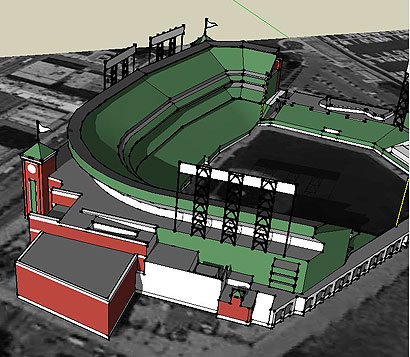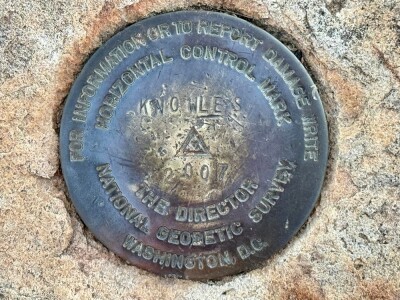Software will be a platform for integrating with architecture and construction
SUNNYVALE, Calif. – “I’m not surprised by the surprise from the community,” Bryn Fosburgh, VP at Trimble, said of the recent announcement of the intent to acquire Google SketchUp. “But I will say this is part of a decade-long process.”
That process, he said, has been a strategy “to define a set of industries where we can provide value through our technology or through the integration of technology in their workflow that will improve efficiency or quality of the workflow or a more safe environment for that workflow.”
In construction, for example, “our effort has been to define all the workflow components with the continuum.” Starting as early as the feasibility portion of the process, moving to estimating, design, and construction, all the way through to the actual operation of the building, Trimble wants to have a solution.
As an example, Trimble in 2006 acquired Quantm, a software solution for pre-design construction planning. Then later that same year Trimble acquired Meridian Systems, which makes enterprise construction project management software. Last year, Trimble acquired Tekla, which makes BIM software, allowing for high-level 3D modeling of steel and rebar for the construction process.
“We just see SketchUp as another component to integrate into that lifecycle,” Fosburgh, said. “It provides us a platform to integrate the architecture community with the design community and the design community with the construction community. We think the value comes from the integration of those pieces.”
Isn’t this a little outside of the ordinary, though, in terms of the customer base Trimble normally approaches, especially considering SketchUp’s consumer base?
In fact, that consumer appeal is part of SketchUp’s appeal to Trimble’s traditional user base, Fosburgh said: “The beauty of SketchUp, and this is a very difficult goal to achieve, is that they’ve created a user interface and product that has wide consumer adoption, so that anyone can use it to design a deck or a basement renovation, but it’s robust enough for use by an architect doing a design for a commercial subdivision or complex.”
“We find the underlying engine quite rigorous,” he said, “and, integrated with other Trimble analytics that come from Tekla or Trimble Business Center or Meridian, we can just make that strong base even stronger.”
He assured the consumer community, as well, that the free version of the software will continue and the collaboration with Google will ensure that the 3D Warehouse will continue uninterrupted as well. “To have that multitude of markets using it for 3D modeling gives us a lot of expertise on how to improve the user interface,” Fosburgh said.
Currently, Pointools has a plug-in for SketchUp that allows for the use of point cloud data, and Fosburgh said SketchUp’s API would allow for Trimble and other third-party developers to fairly easily expand the program’s ability to utilize as-built 3D data.
“It allows for the integration between architect and designer,” he said, “which we think is less than seamless right now, and through that integration, it opens them up to the use of other tools and data, from traditional Trimble data collection devices like GPS or laser scanners or total stations. Today, there is not a good facilitation from the data captured in the field through the workflow to the various back offices of the design and architecture firms and out again through to the contractor who is actually performing the work.
“We see SketchUp as that link,” he continued. “It’s the integration platform. But it’s also an application that fulfills a market need in the architectural community.”






